In this feature we look back at the UK 24-hour Operational Ration Pack issued to troops training for, and deployed to, Afghanistan in 2012, writes Bob Morrison.
The bulk of this article was first penned in the autumn of 2012 for publication in the November 2012 issue of the now defunct COMBAT & SURVIVAL Magazine. This reworked article continues a sequence of features showing the evolution of mainstream UK rations packs from the start of combat operations in Afghanistan, and then Iraq, through to the present day 24-Hour and Individual Meal versions.
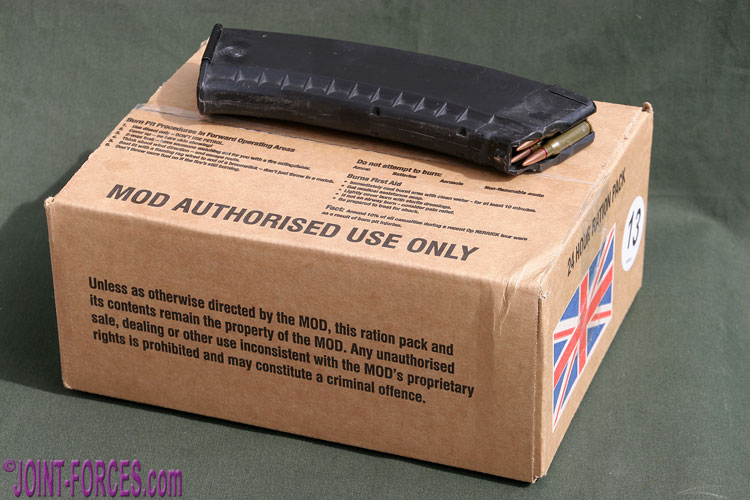
The 2012 version of the UK 24-hr ORP carried Burn Pit Procedure and Burns First Aid info on the top [©BM]
This article actually came about in response to a chat with some squaddies while I was playing the old Hurry Up & Wait game on Salisbury Plain and a couple asked me (a very ancient hack in their eyes) how much better kit really was these days in comparison to what was on issue when I first started seriously snapping and scribbling about the British Army and Royal Marines over three decades ago. My involvement with UK Armed Forces actually goes back to the late seventies, as in a previous life I did some still probably classified design work on the NBC filtration systems for what would become Challenger and Warrior, so I have seen vast leaps forward in kit since I first became interested in the subject, but interestingly for most of the time I have been a snapping scribe on military kit issues the one area where the Brits have been envied by most nations is the quality and variety of their field rations.
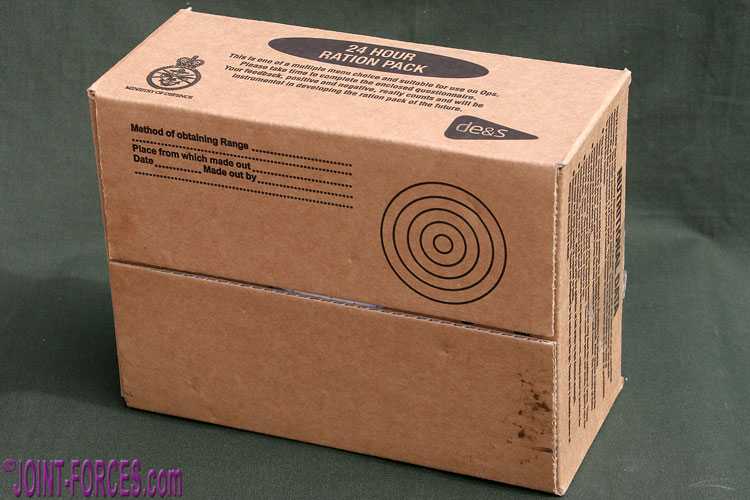
A range card was once again printed on the base and nutritional information was printed on one end [©BM]
Looking back into 20th Century rations history, the United States issued canned C-rations to their troops in World War II and these were also issued to many Allied troops, including British and Commonwealth Forces, for the European Campaign. The Americans started to replace the C-ration with the similar canned MCI (Meal, Combat, Individual) in the late fifties, though stocks of the earlier rations were still being issued well into the Vietnam War period, and this style would remain on issue through until the eighties, when the MRE was introduced, even though even in WWII it had been recognised that canned rations were both bulky and rather impractical for field use.
Throughout the seventies the Americans experimented with the retort pouch, a simple aluminium (later aluminium and plastic laminated) sealed bag design, which not only allowed the food to be cooked at lower pressures and more quickly reheated than canned produce, but also reduced weight and bulk. The retort pouch was first issued as a component of the US MRE at the start of the eighties and by the end of that decade Britain had also incorporated this boil-in-the-bag concept to its 24-hour General Service ration packs, just in time for Gulf War One. [Note: I intend looking at US MRE packs once I finish this mini-series on UK rations]By the end of the nineties the British GS ration pack, and its higher calorific value Arctic ration pack, went through a revamp and the 24-Hour Ration GP (General Purpose) was introduced to replace the former. By this stage the only cans still on issue were small ones containing spreading pate and all main dishes were packaged in retort pouches.
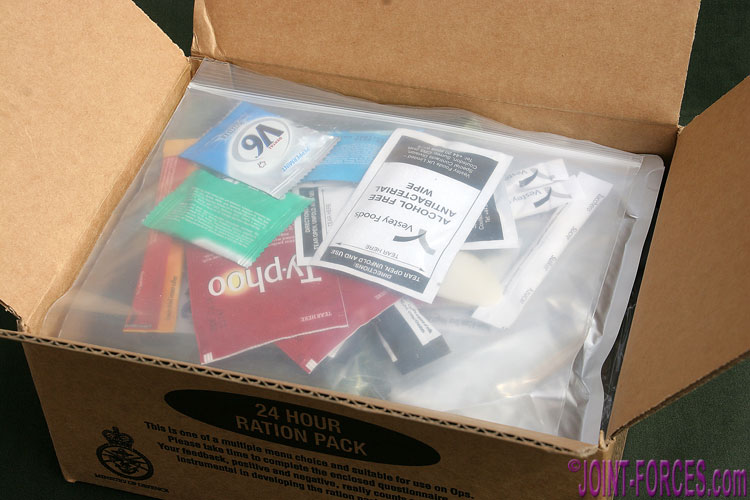
The carton was filled literally to the brim with foodstuffs and sundries – latter in resealable bag on the top [©BM]
The 2012 ORP I have focussed on here is Menu 13 from pack B, primarily because I fancied trying the Chicken Massaman Potato main meal as it was not a dish I was familiar with. Some older soldiers and long-serving Army Reserves personnel brought up on a rations diet of ‘babies heads’ (stew and dumplings) and treacle pudding, may find the more cosmopolitan menu choice of the second decade of the third millennium to be a little bit too adventurous, but as these days even cheap supermarket microwave meals have a truly international feel the taste buds of younger soldiers are much more attuned to today’s offerings.
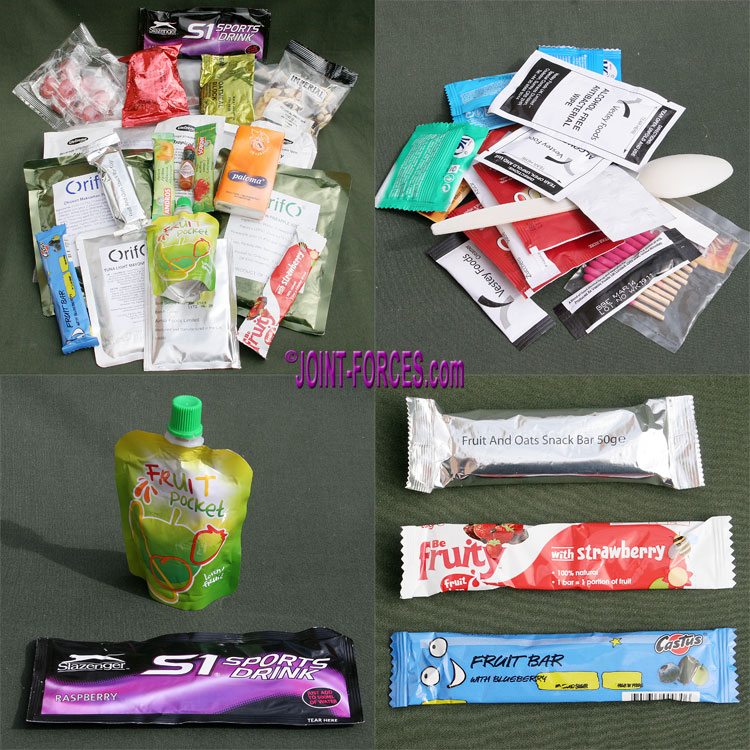
Clockwise from top left: contents less sundries pack; sundries pack contents; fruit bars for snacking; fruit pocket and sports drink powder [©BM]
The Nutritional Data informed us: “This 24Hr ORP has been carefully designed to ensure it is well balanced and will meet all of your nutritional requirements. The ration contains a minimum of 4000 kcals. To maintain peak performance, you should consume all of the contents over a 24 hour period. The contents of the ration contain high levels of carbohydrates that are designed to provide a constant release of energy to keep you at the peak of performance.”

Four retort pouches contained, clockwise, Soup, Tuna, Fruit Cocktail and Chicken Massaman Potato [©BM]
Essentially each one-day ration could be broken down into Breakfast and Main Meal with supplementary snacks to take one through the day. Menu 13 offered good old Bacon & Beans in a retort pouch for breakfast, but three of the ten Box B breakfast options were cereal pouches (muesli variations) which could be eaten hot or cold. If unable to heat up the breakfast course, most menus contained at least one oat bar in the snacks provided and this could keep the soldier going until they got a chance to stop and cook.
The Menu 13 contents list (and the 10-man box contents list too) showed the soup option as being Tomato & Basil, but my box actually contained Leek & Potato. It is not unusual for the odd item to be substituted with an equivalent from time to time, but it was unusual for the main Dinner course to not be as per the list. There were five soup options and five pasta options (four variants) as Box B starters. My silver foil retort pouch of soup was produced in the UK for Vestey Foods, who were one of the partners in the Purple Foodservice Solutions consortium, which had been the primary MoD supplier since 2006 and had its five-year contract extended until September 2013.
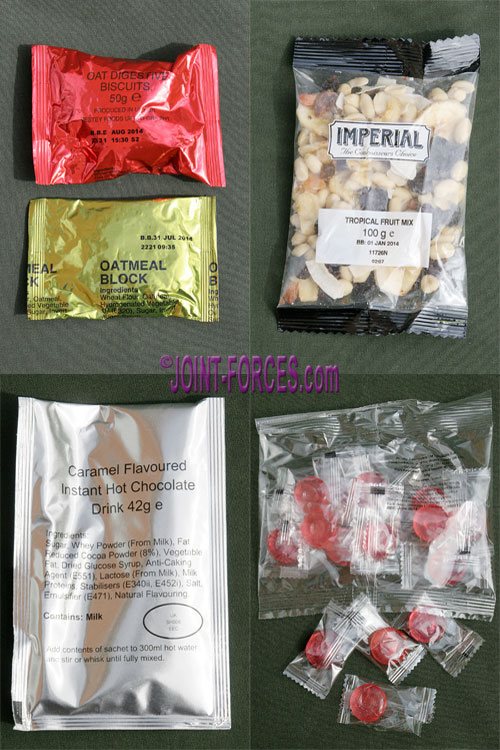
Clockwise: Oat Digestives & Oatmeal Block, Tropical Fruit Mix, Boiled Sweets and Hot Chocolate powder sachet [©BM]
Other Box B main courses included Lamb, Vegetable and Chicken Curries plus Sweet & Sour Chicken but more European tastes were catered for with Goulash, Stroganoff, Chicken Tomato Pasta, Spanish Meatballs and good old Sausage Casserole. Five of these main meals were supplemented with Plain Rice where appropriate. To heat the meals it was recommended that the unopened retort pouch was placed in water brought to a rolling boil and after eight minutes the pre-cooked contents should be ready to eat.
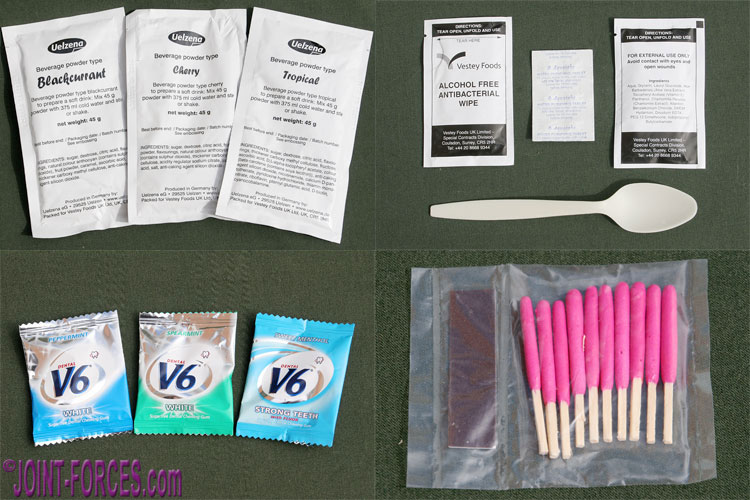
Sundries included: 3x Beverage Powder; disinfectant wipes, sterilising tablets & soon; windproof & waterproof matches; 3x dental gum [©BM]
Eight of the ten menus contained a Tuna retort pouch, in this case Tuna with Light Mayo, which some may have preferred as an alternative starter to soup for their main meal; especially if the weather was hot. However bear in mind that to achieve maximum nutritional benefit one would need to consume the soup at some point in the day.
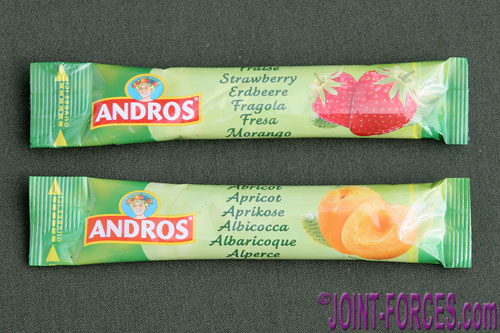
Jam sachets for a quick energy boost when on the move – just bite off the top and suck out the contents [©BM]
- 24-Hour ORP ~ UK Rations c.2001
- 12-Hour ORP ~ UK Rations 2011
- UK 24-Hour MCR ~ Multi Climate Ration
- UK 24-Hour CCR ~ Cold Climate Ration 2012
If you came to this page from Twitter or Facebook please Share to help spread the word. Thanks.
{ images © Bob Morrison }


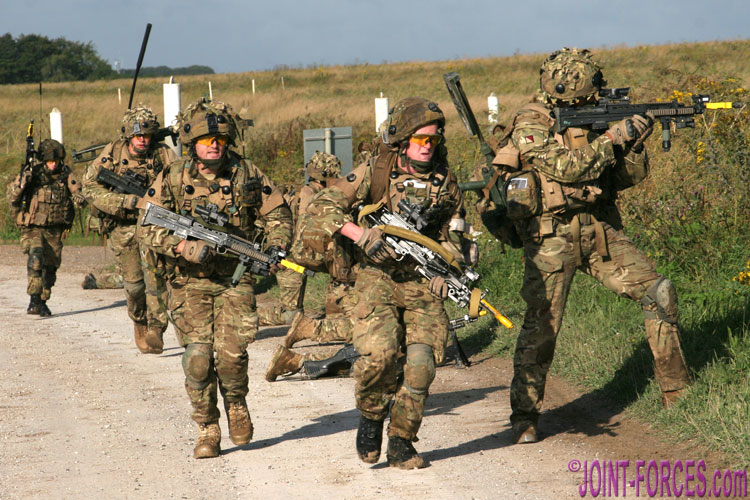
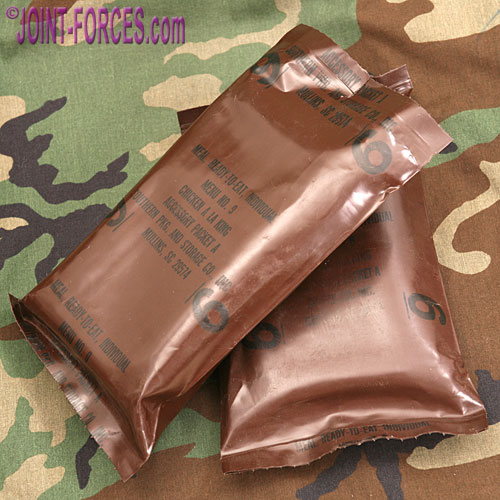

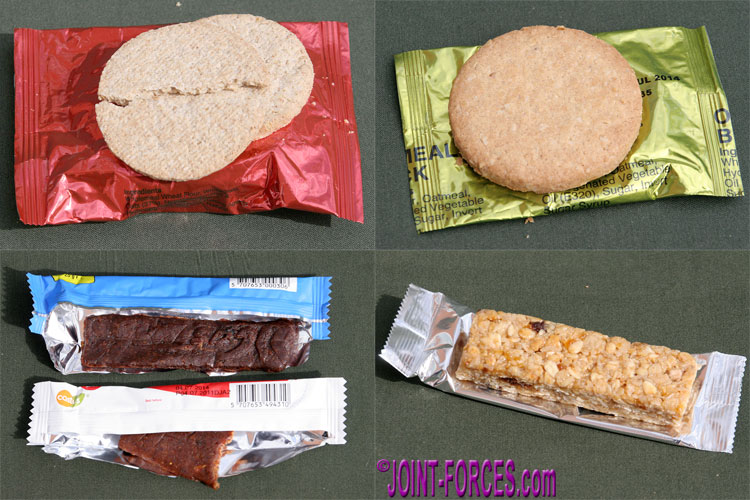
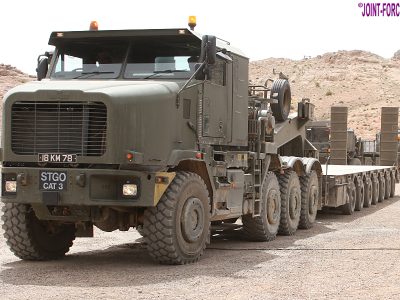
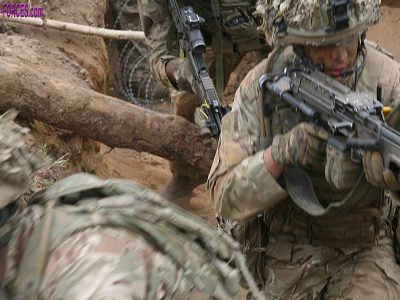
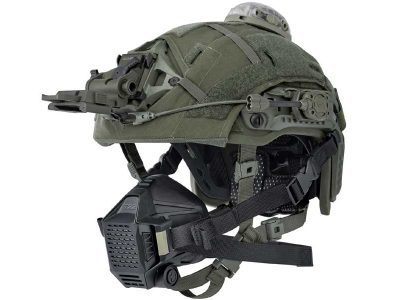
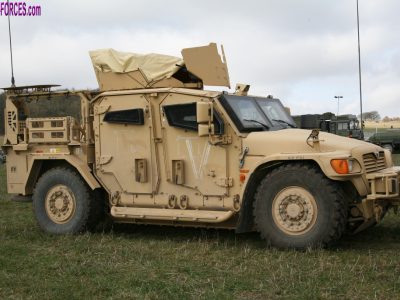




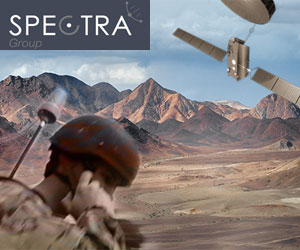






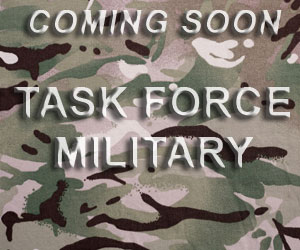


Pingback : Feeding The 5000 ~ With 10-Man Ration Packs | Joint Forces News
Pingback : FR80 ~ UK 24-hour General Pack ORP 2006 | Joint Forces News